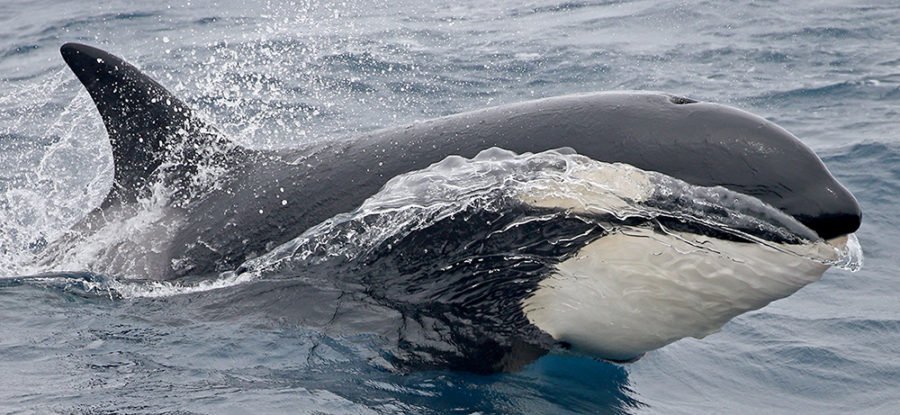Australian town a killer place to see orcas

JUST UNDER HALFWAY between Albany and Esperance on Western Australia’s southern coast is the coastal town of Bremer Bay, a quiet town that belies its ocean activity.
About 70km offshore the Bremer Bay Canyon is a recently discovered hotspot of marine life. From January through to April each year, a region along the continental shelf plays host to a variety of marine wildlife, ranging from sea birds to sperm whales. But it’s the visiting orcas (killer whales) that make the area unique.
Although orcas – considered more of a Northern Hemisphere species – have been recorded in all state and territory waters around Australia, sightings have generally been anecdotal. But at Bremer Bay, such a large and regular gathering of orcas visit that the population may represent the largest aggregation in the Southern Hemisphere.
The sightings have excited scientists and tour operators, who have joined forces to study this unusual occurrence of the species.
Orca research in Australia
Public tours to the area began in February 2015 to promote the orca research projects. On board were scientists Bec Wellard and Leila Fouda from Curtin University, who travelled to the canyon daily to build a database of the orcas.
Because invasive research and too many vessels could be detrimental to the wildlife, the team are adopting methods of study which involve as little disruption to the area as possible.
Rather than tagging orcas, for example, individuals are identified by photographs and video footage. Fin identification will also be used to document unique markings on each whale, which will be added to the database for future studies. Orca calls are recorded via a hydrophone and catalogued as part of Bec’s PhD research project, which is the first study to be conducted on killer whale bioacoustics in this region.
A minimum of 50 orcas are estimated to inhabit the area, with anecdotal accounts suggesting numbers could be closer to 100. Like most orca pods, the population consists of both male and female calves and adults.
As the project is still in its infancy, exact numbers and ratios are yet to be confirmed, but frequent sightings of calves suggests a healthy population.
What brings orcas to Australia?
Researchers are still trying to find out what brings the diversity of wildlife to the region. It’s possible the easing of the Leeuwin current during summer causes an upwelling of cold water that pushes nutrients to the surface, attracting primary producers that the bigger marine animals feed on.
It’s also possible the canyon contains what’s known as a methane hydrate or ‘cold seep‘ reef system. At an optimum depth and temperature, methane that may have leaked from a pocket in the sea bed, fuses with surrounding water to create an ice-like reef. The result is an ideal dwelling for crustaceans, which in turn attracts larger species thought to migrate to the area for the diversity and sheer volume of prey.
Discovering the orcas of Bremer Bay
Esperance filmmaker Dave Riggs has been pivotal in discovering the canyon and promoting research into the wildlife. When a 3m tagged great white shark was devoured in the vicinity of the canyon, Dave was prompted to uncover the extent of marine species in the area – including orcas. His 2013 film “The Search for the Ocean’s Super Predator” documents the discovery of the hotspot and its wildlife.
Currently, the future of the canyon remains uncertain, as oil and gas companies have shown a strong interest in the area. For Dave Riggs, raising awareness is paramount; he is hoping the Bremer Bay Canyon will be turned into a sanctuary zone to protect the area down to 1000m below the sea surface.
- Return of the killer whales of Eden, NSW
- Silent killer stalking orcas
- Top 10 whale-watching spots in Australia

